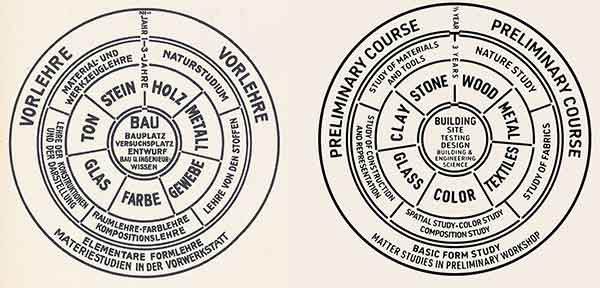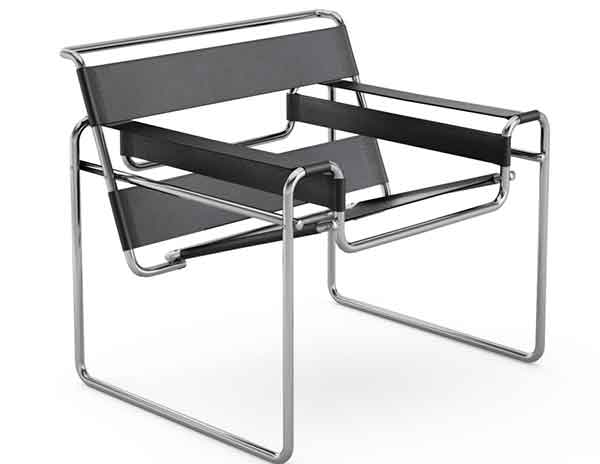Walter Gropius established the Bauhaus, a school and movement, in Germany in 1919. Gropius continued to hold to an idealistic ideal of the fusion of fine art (painting) and craftsmanship (Such as woodworking). In an audacious attempt to create the ultimate art form, this new design concept put both categories of artists on an equal footing and brought together their different talents. Bauhaus developed with industry growth, preparing its artists to take on the new modern challenge of designing for mass production. An aesthetic noted for its crisp lines and straightforward geometric forms gave rise to Bauhaus pottery, furniture, art, and architecture.

The Roots of Bauhuas
This Art movement was covered over by politics and history. The following are some of the main elements that art historians believe influenced the movement:
- After World War 1, the German monarchy fell, bringing censorship freedom. The art world was open to fresh experiments as a result of this newfound sense of freedom.
- One of the pillars of the bauhaus school of thinking was the idea that art could be the ideal union of form and function, although it was not a brand-new idea. In the early 19th century, the English designer William Morris had been a strong proponent of the idea.
- Before World War 1, modernism had begun to permeate Germany’s cultural landscape. The logical, straightforward designs of Bauhaus art were probably influenced by architectural modernism, particularly German modernism (also known as Neues Bauen). Additionally, it proved that mass industry and art could coexist harmoniously.
Guiding principles of Bauhaus
In 1919, German architect Walter Gropius established the Bauhaus school. More than just an abstract aesthetic concept, Bauhaus (which translates to “House of Construction”) was a movement. It served as the name of Weimar, Germany’s first design school of its sort. The purpose of school was to establish a cooperative community of artisans, each proficient in a variety of crafts, including architecture, ceramics, painting, and sculpture, according to Gropius’s Proclamation of the Bauhaus. Gropius believed that in addition to its aesthetic appeal, the beauty of art rested in its practicality and relevance to everyday life.
Gropius does not mean that mass production is the end of personal creativity, but an artistic challenge that can deepen the meaning of art in everyday life after seeing the work of Russian and Dutch designers. I taught the artist that. With numerous nations and philosophies represented by their faculties, the Bauhaus has become the center of collaboration and debate about the role of art in modern society. The term Bauhaus has evolved further. He defined many clean, geometrically balanced works of art born from school teachings.

A Bauhaus Artist's Development
By teaching its students the skills of both fine art and design, Bauhaus moulded its artists. Students had to attend some introductory courses in materials, colour theory, and design concepts before they were allowed to concentrate on their specialised study. The course’s notable visual artists instructors included some of the following
- Wassily Kandinsky, a Russian artist
- German-born, multi-talented artist Josef Albers’s
- Swiss collaborator Paul Klee
After passing the course, students could enrol in courses in typography, metalworking, cabinetmaking, weaving, pottery, or wall painting. It soon became expensive for the school to teach such a diverse range of skills. By 1923, philosophic and practical elements had come together to change the school’s emphasis from the integration of all crafts to mass production design. “Art into industry” became the school’s motto.
The End of Bauhaus School
The school eventually experienced financial difficulties, but its biggest threat came from a politically tumultuous climate that required the institution to shift constantly from city to city. The Nazi Party exerted pressure, and its doors were formally closed in 1933.
The new Bauhaus School
Bauhaus masterpieces





